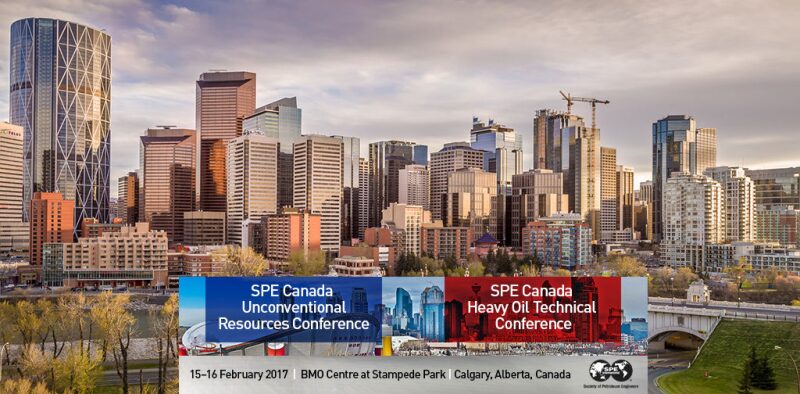The outlook for the Canadian oil and gas business is looking up as oil prices edge high enough to spark gains in exploration in a region facing unique economic pressures.
“We are seeing higher rig counts this winter than we have had in 2 years and more completion activity and more fracturing activity,” said Murray Reynolds, chair of the upcoming SPE Canada Unconventional Resources Conference. That conference and the SPE Canada Heavy Oil Technical Conference will run concurrently during 15-16 February in Calgary.
The situation is improving even though oil prices remains about half of what they were during the boom that ended in 2014. The industry has engineered out a significant part of the cost of producing oil and gas from very different plays that share a problem—it is really hard to move the oil and gas out of the reservoirs here.
Heavy oil is the “most expensive kid on block and that is not a good place to be,” said Ron Sawatzky, chair of the SPE Canada Heavy Oil Technical Conference.
Natural gas can be produced in huge volumes for so little that it is driving down the price paid in a place where the market value is reduced because it is so far from major users.
Those factors provide the context for the two conferences that are, for the first time in years, being held concurrently. Technical papers to be presented discuss approaches that could offer big gains, from studies looking at using water flooding and gas injection to extend production from unconventional reservoirs, to adding solvents to steam injections to maximize oil sands production. Panel sessions on innovation and using big data reflect the need to make significant changes to survive in what looks like a lingering low-price environment.
Oil sands production growth is limited to projects committed to before oil prices sank in 2014. But there has been a recent uptick in interest in conventional heavy oil fields, Sawatzky said. Those smaller field are attractive now because the crude is not nearly as difficult to produce, and the lower cost and time needed are a better match when competing with more nimble shale oil producers that can quickly adjust as oil prices swing up and down.
The oil sands are too rich to ignore, and will always require big, long-term commitments. But perhaps not so big or long. There is talk about shifting to a modular development approach, with smaller, standardized units serving a small number of wells. By aiming to produce 10,000 b/d— about one-third of the typical daily output now—the lead time, complexity, and cost could all be reduced.
“Everything is shifted down a level and you can respond and move more quickly when the price changes,” said Sawatzky, who works with InnoTech Alberta. The goal is widely shared but it is still so early that “nobody has a picture of it. That is the problem.”
Unconventional drilling has shifted east from Alberta to Saskatchewan, driven by the low cost of drilling and completing shallow wells in the Viking and Bakken formation, which is not nearly as deep as it is south of the border, Reynolds said.
The focus on oil is a side effect of the depressing impact the Montney Formation has had of gas prices in Western Canada. Growth continues from the huge, shale formation straddling the border of Alberta and British Columbia because producers have found ways to keep producing at prices well below USD 1/bbl. “We are seeing much longer laterals, tighter spacing, more proppant used,” Reynolds said.
The potential there is big, as is the appetite for information among those charged with driving down prices low enough to profitably sell the gas from there. Last year, he was on the committee running an SPE workshop on the formation that expected 100 attendees but ultimately drew more than twice that number.


